
Whether you are using a digital point and shoot or a more expensive DSLR, there are several things you can do to improve the quality of your food photography.
1. Shoot manual. Learn to take photos using the manual setting on your camera. This will not only teach you more about what is actually taking place when you click that little button to capture an image, it will also allow you to control your camera vs. it controlling you. In this digital age images cost you nothing. You have nothing to lose by experimenting with aperture, shutter speed and ISO settings. If you have a “live view” setting you can instantly see how these different settings will effect the photo you are about to take. It may take some time but ultimately this will improve your photography skills more than anything else!
2. Composition and the rule of thirds. To understand the rule of thirds, simply imagine a tic tac toe lines drawn in your view finder. Many cameras actually have them available as an option in the LED view finder.
Instead of placing the main subject in the center, place it in one of the areas where the lines intersect. This creates more tension and results in much more interesting compositions.
Play with your compositions and take multiple images. Try to avoid always centering your subject and don’t be afraid to crop in on it. Get close and intimate with your food!
3. Use a tripod. The nice thing about food is it stays put. True, it can dry out and wilt, but you have a pretty decent amount of time to capture your image. Take advantage of that time and use a tripod.
Make sure to use the timer setting on your camera to avoid camera shake. Focus on the area you want to stand out. The end result will be tack sharp imagery that sets itself worlds apart from handheld images.
Another advantage of using a tripod is that it allows you to shoot in almost any lighting condition.
4. Shoot RAW. Set your image quality to RAW instead of JPEG. Shooting JPEG images automatically compresses your camera files to save room. As a result, there is significantly less information contained in the file. This is really important when you go to edit your pictures later. You will want as much information recorded in the dark shadowy areas as well as the highlights or blown out areas.
When you shoot RAW, it is NOT compressed and contains this data which can potentially save an image. Additionally, when you open a RAW file in Adobe Photoshop it will prompt you with a set of adjustment sliders only available for this file type.
5. Aperture. Your aperture is the size of the hole allowing light from your image onto your camera’s sensor. It also affects depth of field.
A larger aperture (lower numbered f-stop) will give you a shallower depth of field. Playing with aperture settings can produce images where the food is in focus and therefor, emphasized, while the adjacent items are blurred producing soft and often beautiful surroundings for your subject. The blurry and appealing background orbs of light are called bokeh and can only be achieved by manipulating your cameras aperture.
Set your cameras aperture or “f-stop” as low and as high as it goes and check out how different the results are!
About the author:
Los Angeles based food photographer Wade Hammond enjoys creating, photographing and sharing food, cocktails and recipes on his blog Cook Plate Shoot. You can also keep up with his latest culinary adventures on Twitter, Facebook and Instagram.
https://www.facebook.com/mrwadehammond



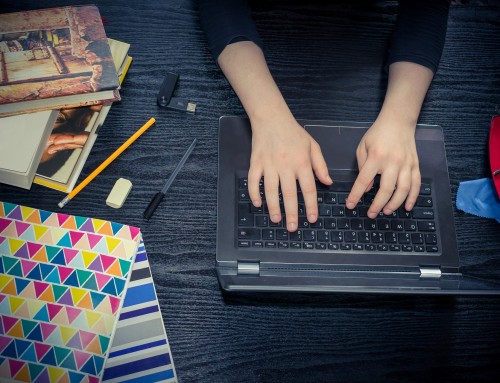
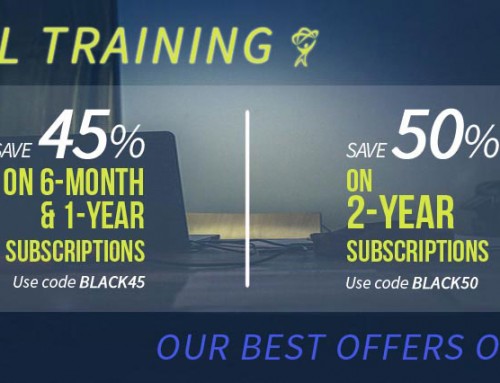







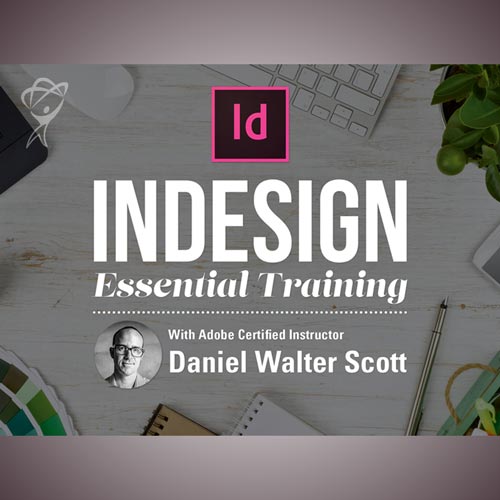
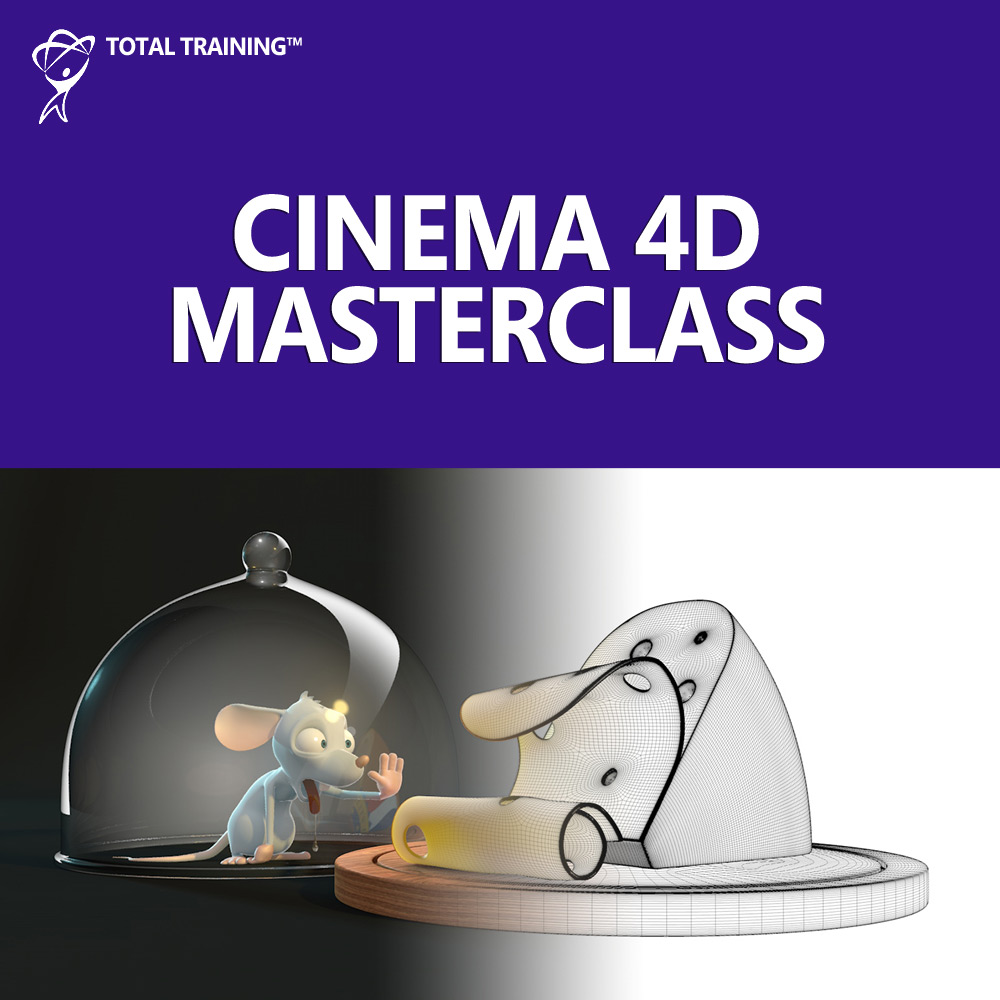







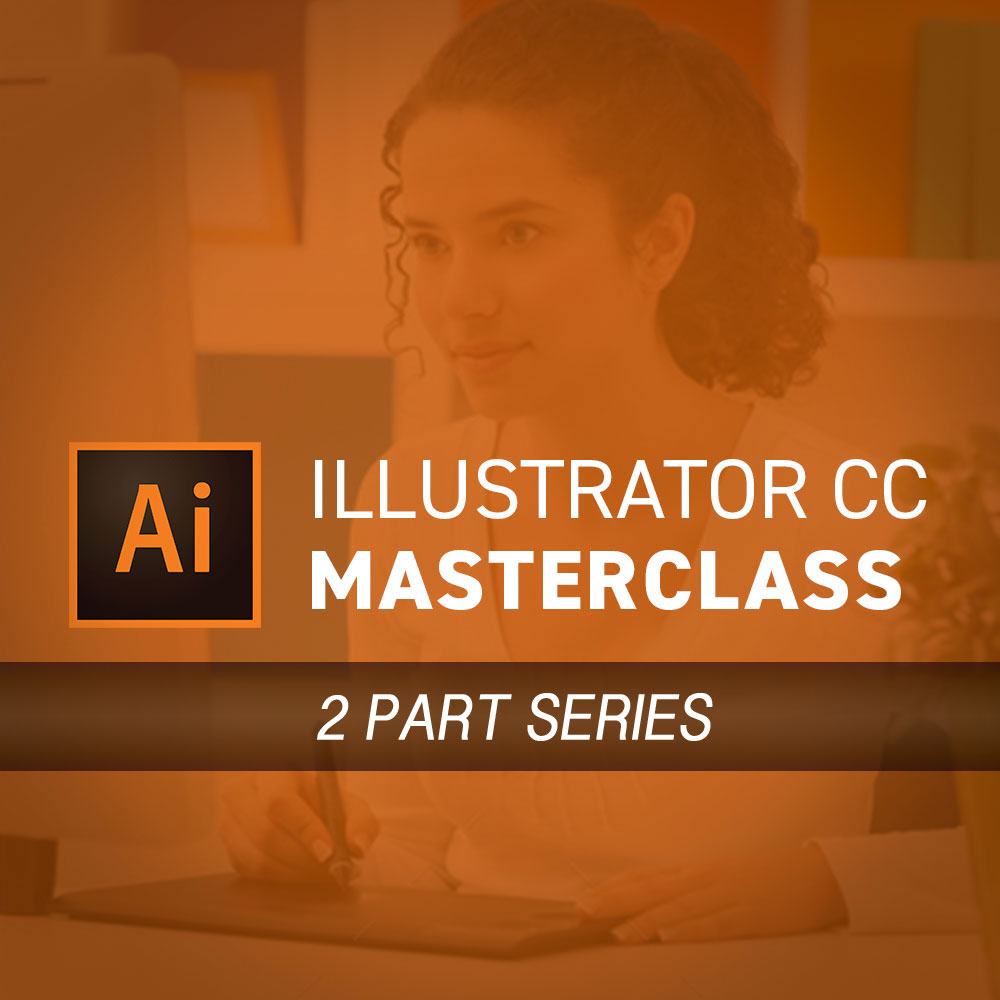



Leave A Comment